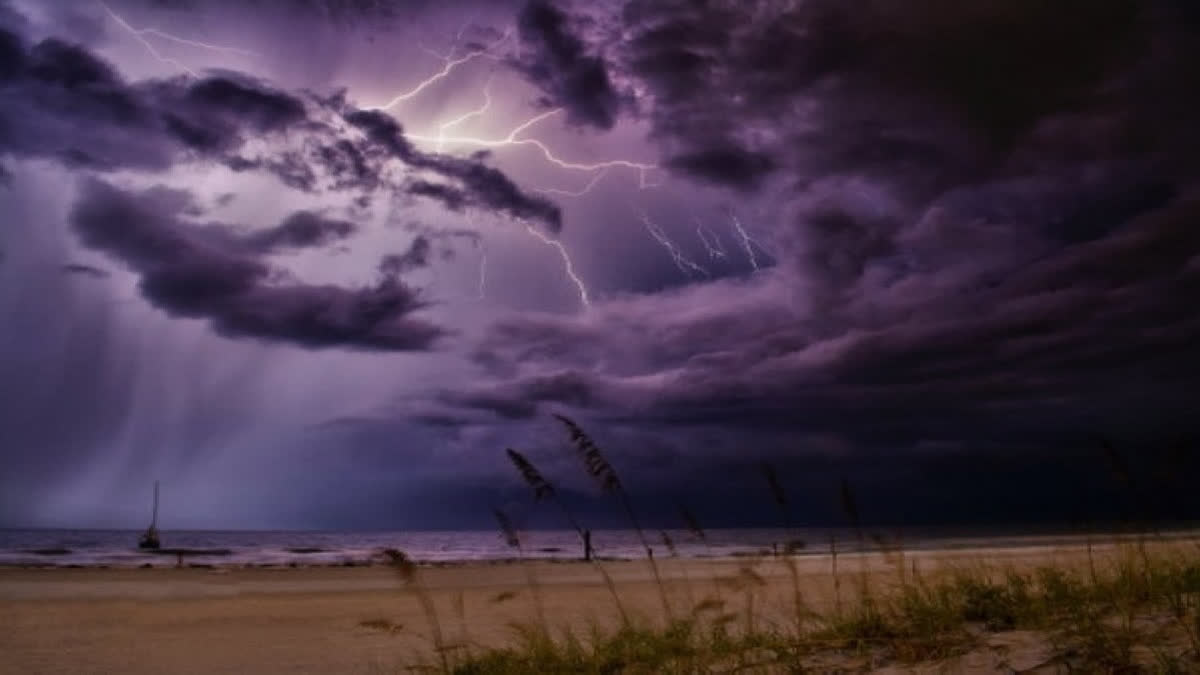New Delhi: India’s central bank and currency manager Reserve Bank of India will convene a crucial meeting early next month to decide the policy rates, known as repo rates and reverse repo rates that generally determine the prevailing interest rates in the banking sector. However, RBI Governor Shaktikanta Das hinted at the ground situation, particularly, how the Al Nino effect will impact India’s southwest monsoon rains over the next four months, which will be a key factor in deciding the policy rates.
A deficient monsoon or a drought year always has impacted the monetary policy-making in the country as the prices of essential commodities such as food grains, fruits and vegetables, edible oils, spices and other products become dearer due to the adverse impact of a deficient monsoon or a drought.
It makes it difficult for the Reserve Bank to follow a low-interest regime as high retail inflation, which is mainly due to high prices of food items, forces the Reserve Bank to follow a tight monetary policy and raise interest rates to control rising retail inflation as the RBI has been doing since May 2022.
Under Section 45ZA of the RBI Act, the Reserve Bank is legally mandated to keep the retail inflation within the target band set by the Central government. “Inflation has moderated. The last print is 4.7 per cent. Perhaps the next print could be lower. But, while inflation was looking benign, policymakers must remain alert. We will have to see how the El Nino factor, which has been anticipated, plays out,’’ Das told industry captains in New Delhi this week.
Extreme weather events since the start of this year
It is not just the Al-Nino factor that may lead to deficient monsoon. India has already been grappling with extreme weather conditions since the start of this year. For example, India has faced its hottest February in 2023 since record-keeping began in 1901. It has a bearing on the wheat crop in India’s food bowl Punjab. Secondly, in March this year, large parts of the country experienced hailstorms and torrents of unseasonal rain, leading to apprehensions of extensive damage to standing crops.
The country suffered extreme weather conditions in 2022
India had already suffered economic loss due to extreme weather conditions last year because of which food prices remain elevated forcing the RBI to hike the policy rate by 250 basis points between May 2022 and February 2023. According to India’s Centre for Science and Environment (CSE), the country experienced extreme weather events on 314 of 365 days in 2022, which claimed 3,026 lives, affected 1.96 million hectares of crop area and 4,23,249 houses, and killed over nearly 70,000 animals.
While Central India witnessed the highest intensity of extreme weather events last year, Madhya Pradesh reported extreme weather on the highest number of days, Himachal Pradesh in North-West India reported the highest extreme weather-related deaths and Assam in the North-East region reported a maximum number of damaged houses and animal deaths.
In the South, Karnataka experienced extreme weather events on 91 days during the year and accounted for 53 per cent of the total crop area affected across the country. If these extreme weather patterns that were recorded last year are repeated this year due to the Al-Nino factor then it will make it extremely difficult for the policymakers and Reserve Bank to follow a low-interest rate regime that is required to give relief to borrowers, who borrow money for buying houses, vehicles and other personal use items. As reported earlier by ETV Bharat, interest rates on existing and fresh loans have already risen by 1% to 1.7% respectively as a result of a policy rate hike by the RBI in the last year and may rise further as the entire transmission of RBI rate hike has not yet taken place.


